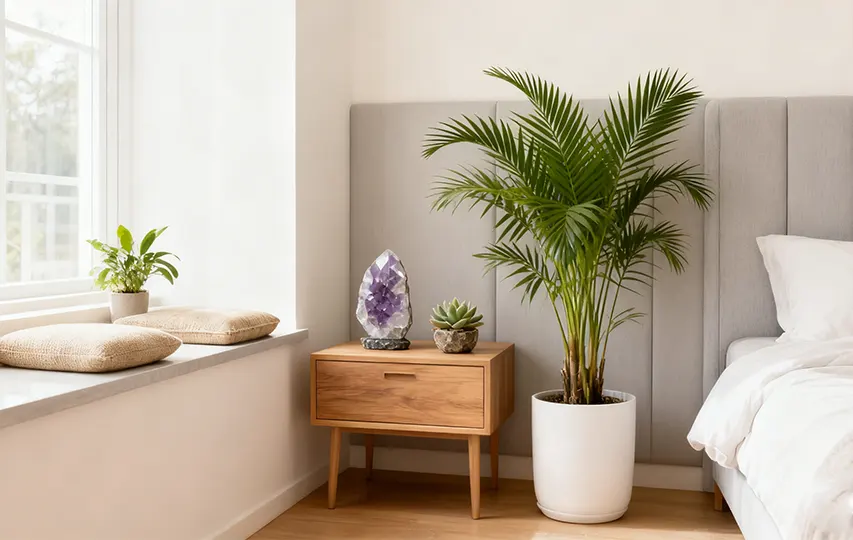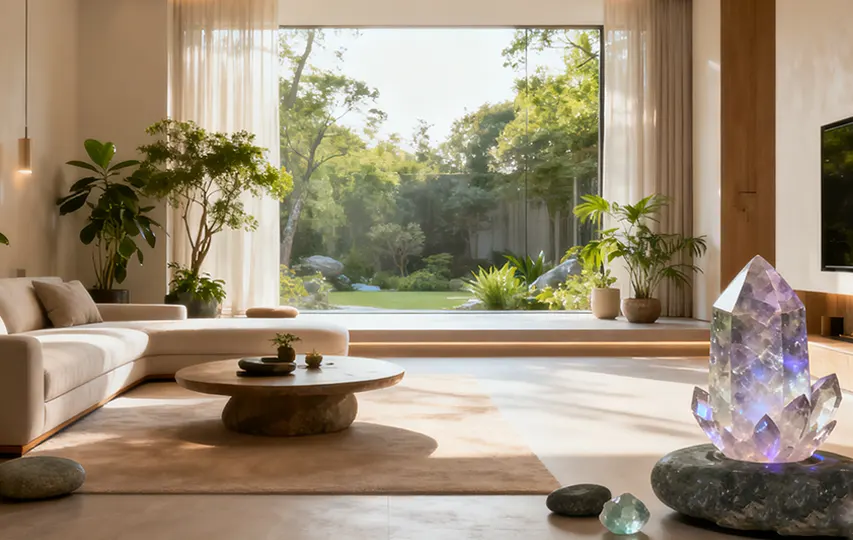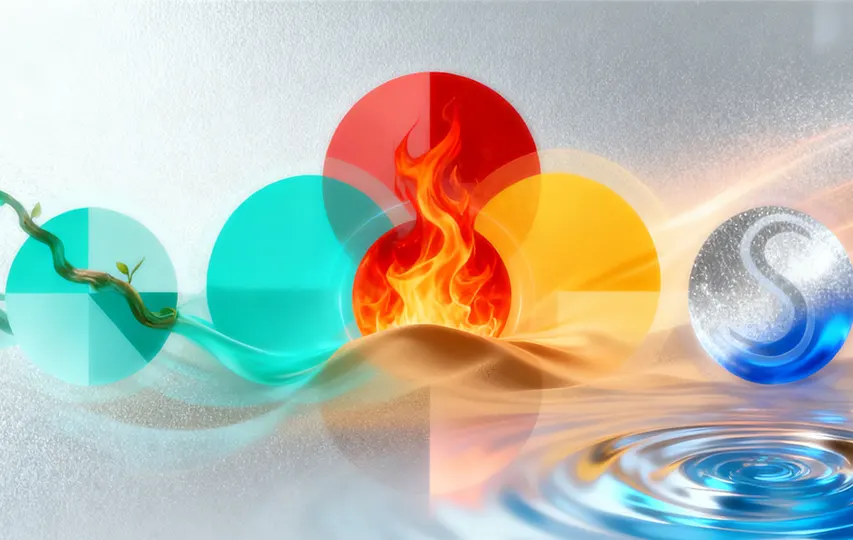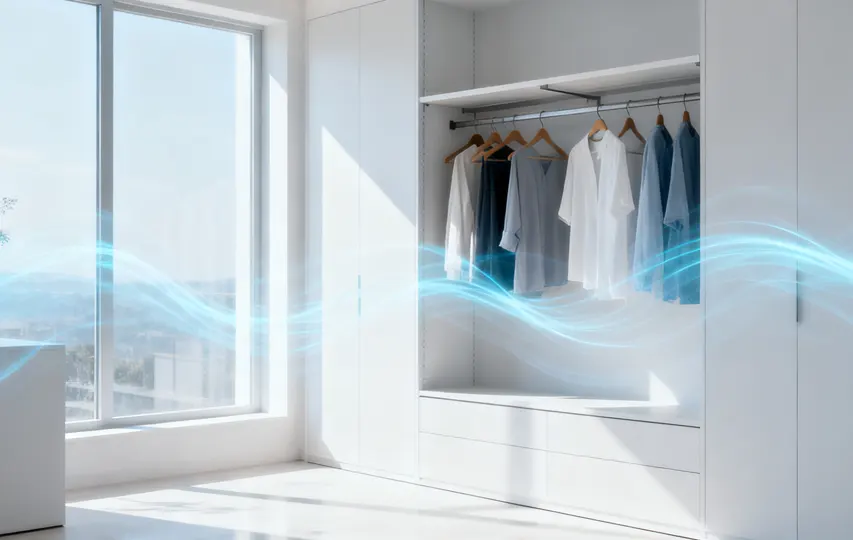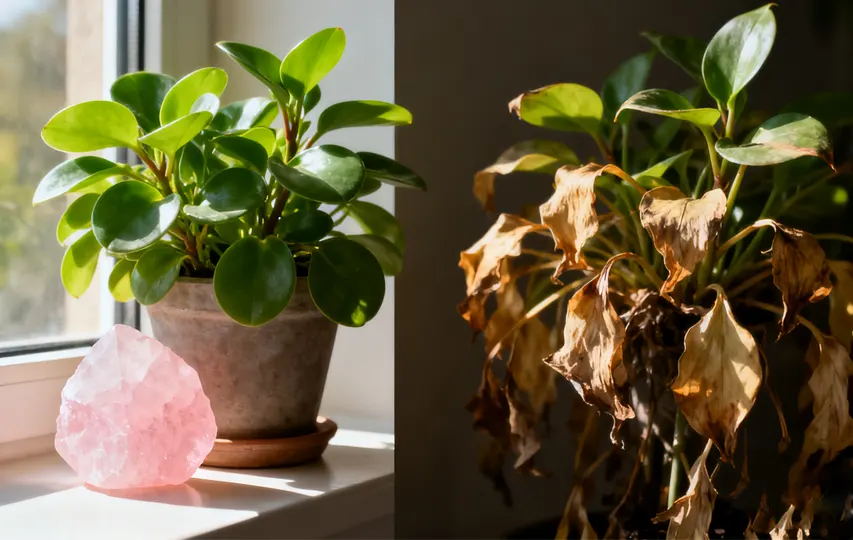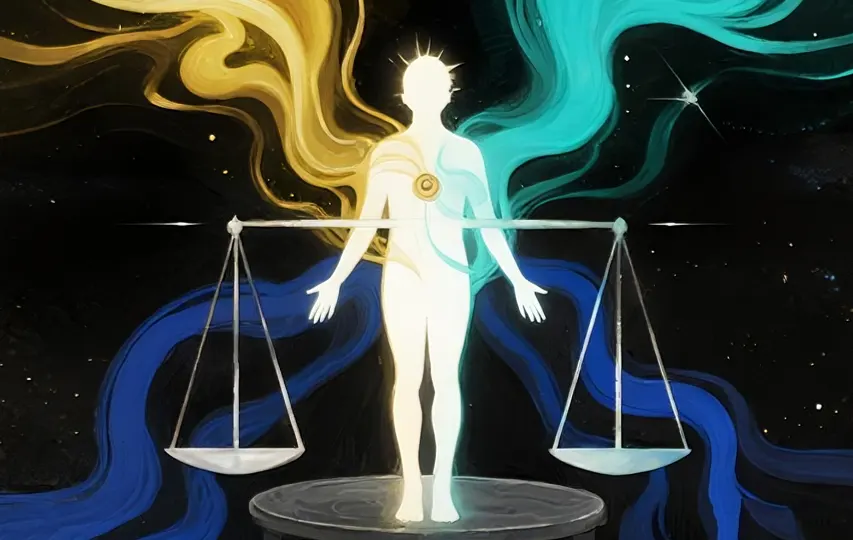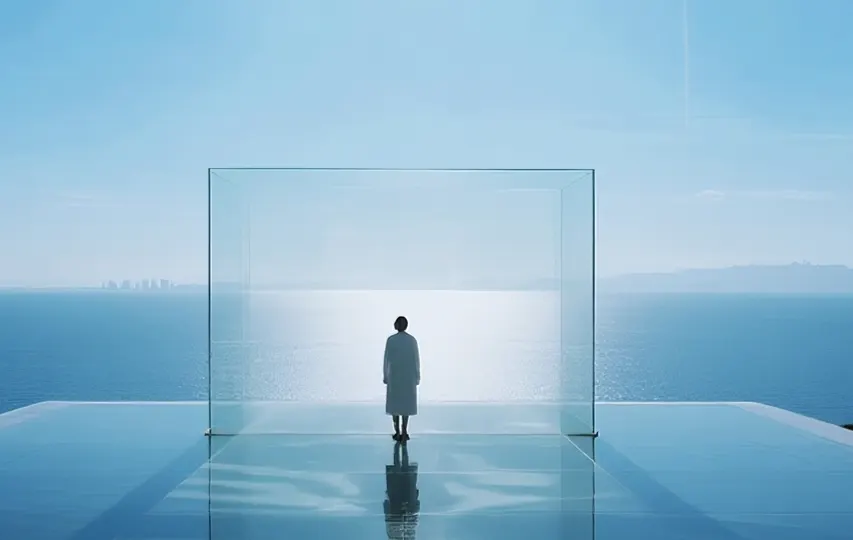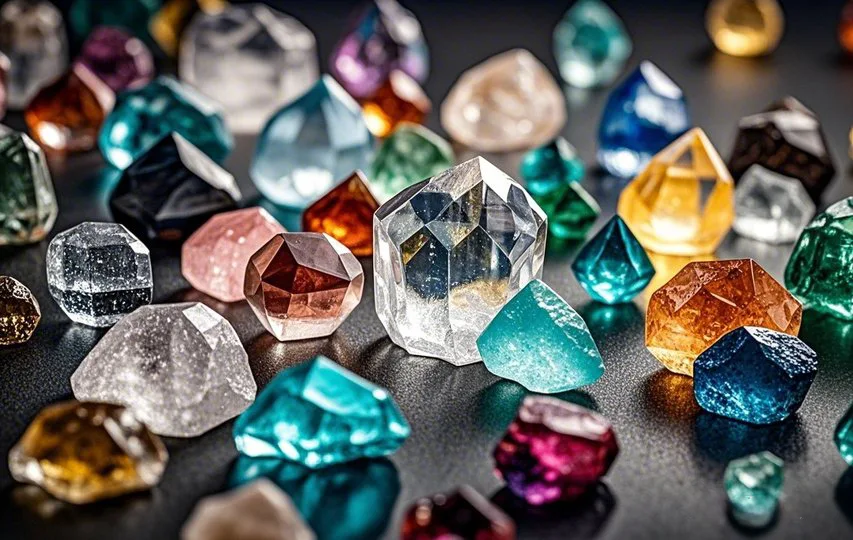
Unveiling the Connection of Crystal Value and Color
In the dazzling world of jewelry and accessories, crystals consistently captivate with their unique allure, drawing the eyes of countless enthusiasts and collectors. However, whether a crystal’s value is closely tied to its color has long been a topic of discussion and exploration. Today, let’s delve into the vibrant world of crystals to unravel the mysterious link between crystal value and color.
The Formation Principles of Crystal Colors
The diverse origins of crystal colors are fundamental to understanding the connection between color and value. Many crystals derive their color from trace impurity elements within them. For instance, the captivating purple of amethyst results from iron and manganese impurities that integrate into the crystal lattice during the crystallization process, absorbing specific wavelengths of light and reflecting the purple we see. Rose quartz, on the other hand, often gets its tender pink hue from minute amounts of titanium.
Some crystals’ colors can also be influenced by structural defects or radiation. Smoky quartz, for example, may owe its smoky gray to dark brown shades to natural radiation altering its internal structure. Understanding these mechanisms aids in appreciating the subtle interplay between a crystal’s color and its value.
Factors Influencing Crystal Value Based on Color
1. Rarity
Color rarity significantly impacts a crystal’s value. Take green phantom quartz, which encloses green volcanic mud inclusions; its scarcity and unique green phantom effect make it highly valued, thus commanding higher prices. Conversely, common clear quartz, due to its abundant supply and widespread color, generally has a lower value. Extremely rare color variants, like red beryl (a member of the beryl family alongside emeralds but colored red), can equal the value of top-tier diamonds, becoming coveted treasures among collectors.
2. Aesthetics and Market Preference
The aesthetic appeal of a crystal’s color involves both subjective and objective elements. Objectively, the vibrancy, evenness, and harmony of the color tones play a crucial role. A crystal with vibrant, uniform, and harmoniously toned colors, like high-quality Brazilian amethyst, naturally garners more attention to its beauty and is much sought after by consumers.
Market preferences also shape the value of crystal colors significantly. Under different cultural contexts and fashion trends, preferences for crystal colors can shift. Recently, with the fashion industry’s preference for soft, pastel tones, light blue crystals like turquoise have gained more attention, leading to an increase in demand and value. In traditional jewelry markets, red crystals like ruby-colored corundum (broadly categorized under crystals) have long been favored for symbolizing passion and luck, maintaining high prices.
3. Synergy with Other Quality Attributes
A crystal’s value isn’t determined by color alone but by how color interacts with other quality attributes. Transparency is one key synergistic factor. For most crystals, a high level of transparency combined with vibrant, fitting colors significantly boosts value. For example, a deep blue aquamarine with exceptional clarity will be far more valuable than a similar one with poor clarity. Purity, free from noticeable inclusions or fractures, enhances the crystal’s appeal, further elevating its value when paired with an attractive color.
Special Color Phenomena and Value Fluctuations
1. Color-Changing Crystals
Some crystals exhibit unique color-changing properties, leading to special fluctuations in value. Alexandrite, for example, shows a striking color shift from green in daylight to red under incandescent light. This rare optical phenomenon sets alexandrite apart in the crystal community, with its value soaring due to these unique characteristics. The value depends not only on how pronounced the color change is but also on the range and naturalness of the color transition.
2. Multicolor Crystals
Crystals like watermelon tourmaline, displaying two or more contrasting colors like red and green, evoke the image of a watermelon’s flesh and rind. Their distinctive appearance gives them high recognition and collectible value. Evaluating the value of multicolor crystals involves assessing the clarity of color boundaries, the harmony of color proportions, and the vividness of each hue.
Conclusion
In conclusion, the relationship between a crystal’s value and its color is intricate and multifaceted. Factors like color rarity, aesthetic appeal, and interaction with other quality attributes all play significant roles in determining value. However, color is not the sole determinant; origin, crystal structure, transparency, and purity are equally crucial. Appreciating and assessing crystal value requires a comprehensive, objective approach, considering all these aspects to understand these remarkable mineral treasures truly. For enthusiasts, collectors, or professionals, a deep understanding of how color and value intertwine in crystals will enhance exploration, discovery, and decision-making in this enchanting realm.
Get to Know Your Five Elements for Free
Get to Know More about Feng Shui

